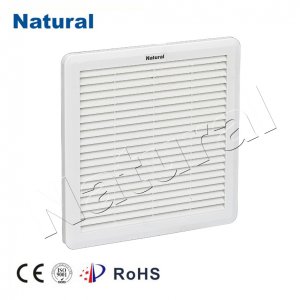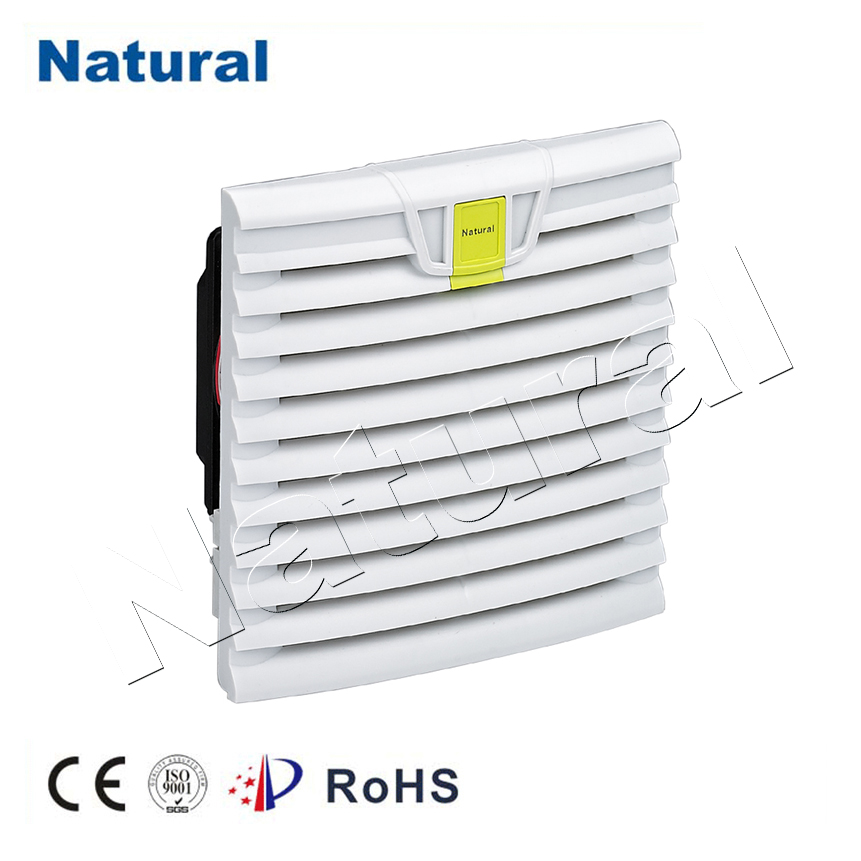In the world of modern technology and environmental control, two components that often go hand-in-hand are fans and filters. These devices are not only vital for maintaining air quality in various settings, but they also play a crucial role in optimizing the performance of machinery, improving energy efficiency, and contributing to overall comfort. While both components are familiar to most people, their significance and functionality are sometimes overlooked. This article explores the relationship between fans and filters, their respective roles, and how they work together in different applications, such as HVAC systems, industrial processes, and consumer electronics.

The Role of Fans

Fans are mechanical devices designed to circulate air, providing ventilation and cooling in a wide variety of environments. Their primary function is to move air, whether to cool down equipment, facilitate air exchange, or maintain comfortable indoor temperatures. Fans come in many forms, including axial fans, centrifugal fans, and exhaust fans, each suited for different applications. In HVAC (heating, ventilation, and air conditioning) systems, fans are essential for maintaining airflow through ducts, ensuring that air is distributed evenly throughout a building. In industrial settings, fans are used to cool down machines and prevent overheating, which could lead to equipment failure or decreased efficiency. In consumer electronics like computers and home appliances, fans are often used to prevent devices from becoming too hot, as overheating can compromise performance and damage sensitive components.
